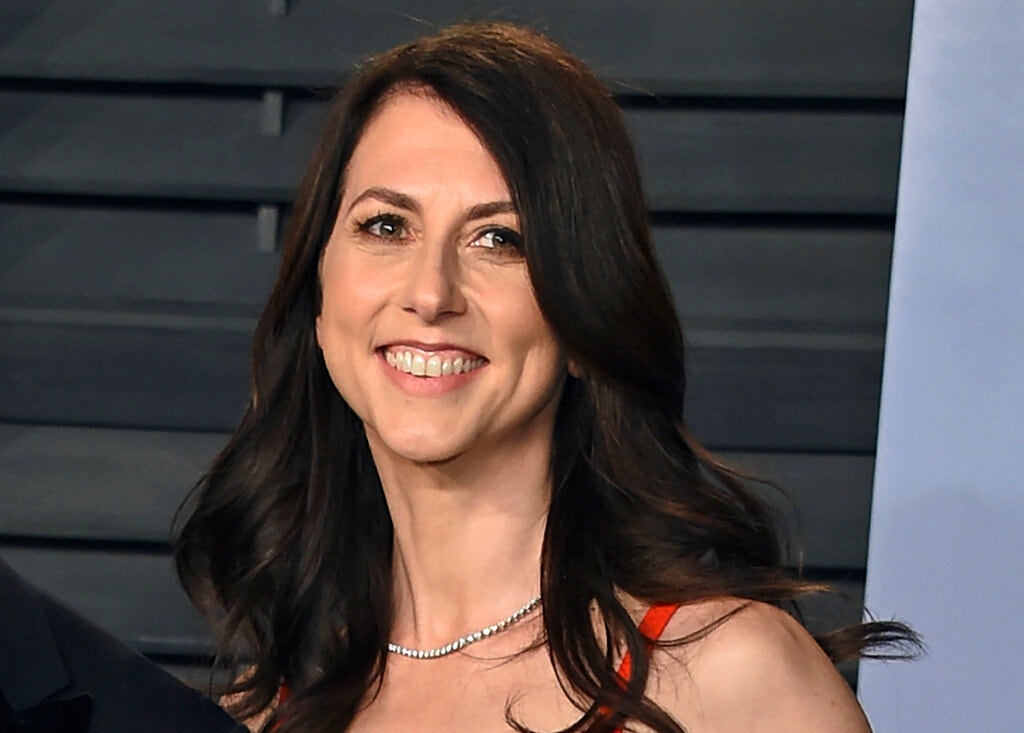The College Donor Digest
A Revenue of $52,000,000,000: Part I, The Data
April 04, 2022 | Emily Burden Rees
Since 1957, the Council for Advancement and Support of Education’s (CASE) Voluntary Support of Education survey has collected and reported on fundraising data at American higher education institutions. According to its latest report, higher education giving in the United States rose to a record $52.90 billion in the 2020–2021 fiscal year, up from $49.50 billion in the previous year.
Giving by alumni was key to this 7% increase. Adjusted for inflation, alumni contributions rose by almost 9%, with $4.5 billion allocated for capital purposes and $3.5 billion for existing operations. Alumni and charitable foundations are the primary sources of philanthropic revenue for colleges and universities, outpacing government grants and corporate donations.
Strong stock market gains spurred greater giving, according to CASE. Donors often make large gifts to colleges and universities in the form of securities—stocks or cash gifts—which are directly affected by market conditions. Despite economic fears and inflation during the reported fiscal period, indexes rose at least 30–-40% from July 2020 to July 2021.
In CASE’s breakdown of higher education giving sources—foundations, alumni, non-alumni individuals, corporations, and other organizations—Donor Advised Funds (DAFs) made up 81% of the “other organizations” category. Driven by DAFs, the “other organizations” category surpassed corporate giving for the first time in 2020–2021. In recent years, DAFs have experienced explosive growth across the entire charitable sector. DAFs allow donors to receive an immediate tax deduction for funds that are set aside for charitable distribution, allowing donors greater flexibility with the timing of their giving.
The survey found that unrestricted gifts to higher education increased by an unprecedented 30% in 2020–2021. This growth tracks with giving trends across the nonprofit sector. Cara Giacomini, CASE’s vice president of data, research, and technology, commented, “We’ve seen overall increases in unrestricted giving in response to the visibility of stark local needs, which were exacerbated by the pandemic.” The increase was undoubtedly driven by Mackenzie Scott’s large unrestricted gifts to higher education. In 2021, Ms. Scott gave more than $800 million to several colleges and universities, including community colleges, tribal colleges, and Historically Black Colleges and Universities (HBCUs).
Restricted gifts also increased, by 17%. CASE reports, “giving to restricted endowments, which are often earmarked for scholarships, increased significantly to meet the heightened need for student financial aid.” This figure indicates that many donors seek to support colleges in ways that align with their philanthropic vision, often by directing their gifts to specific projects.
When the COVID-19 pandemic began, higher education fundraisers expressed grave concerns about the financial future of colleges and universities. Fifty-two billion dollars in charitable giving, however, proves that Americans are more committed than ever to sustaining the promise of higher education, even through challenging times.
CASE’s survey gives a detailed analysis of the giving side of the higher education finance equation. But what should donors know about how colleges spend money? Look for a discussion on this topic in FAR’s next blog post in April.







